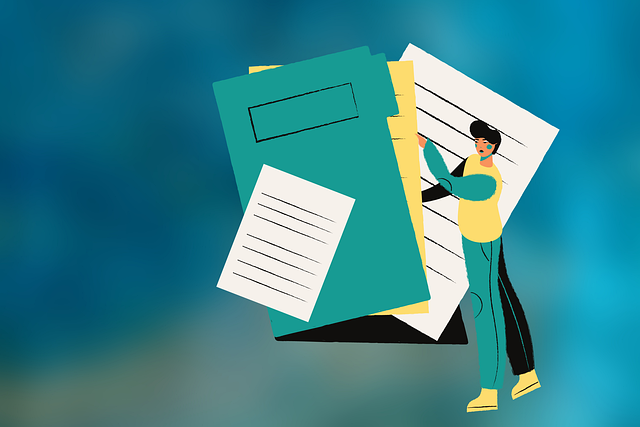AI and drones are transforming property mapping in landscaping by offering precise, efficient data collection methods that replace manual, error-prone practices. AI-powered drones with high-resolution cameras quickly capture detailed images, while AI voice assistants provide real-time instructions to crews, ensuring accurate flight paths and efficient data gathering. This technology enhances mapping accuracy, reduces survey times, increases client satisfaction by expediting project completion, and leverages natural language processing for instant access to plant species, soil types, and historical maintenance records. Despite regulatory challenges, the benefits of AI-powered drone mapping significantly outweigh obstacles, providing landscaping crews with a game-changing solution for efficient and cost-effective property assessments, driven by AI voice assistants.
“AI and drones are transforming the way we map properties, offering unprecedented efficiency and accuracy. This cutting-edge technology duo, particularly when combined with AI voice assistants for landscaping crews, revolutionizes traditional property mapping methods.
The article explores how these innovative tools enhance data collection, streamline workflows, and improve decision-making processes. We’ll delve into the integration of AI voice assistants with drone-assisted property mapping, highlighting its benefits and navigating potential challenges.”
- Revolutionizing Property Mapping: The Role of AI and Drones
- Integrating AI Voice Assistants into Landscaping Crews
- Benefits and Challenges of Drone-Assisted Property Mapping with AI Technology
Revolutionizing Property Mapping: The Role of AI and Drones

The integration of AI and drones is transforming property mapping, offering a new era of precision and efficiency. Traditional methods often involve manual effort, time-consuming data collection, and intricate analysis—a process both laborious and prone to errors. However, AI-powered landscaping drones are changing this landscape. These advanced aerial vehicles, equipped with high-resolution cameras and intelligent algorithms, can swiftly capture detailed images and data from diverse property locations.
AI voice assistants for landscaping crews further enhance this revolution. They provide real-time, on-site instructions to operators, ensuring accurate flight paths and efficient data gathering. This technology not only improves mapping accuracy but also reduces the time required for site surveys, allowing for faster project turnaround and enhanced client satisfaction.
Integrating AI Voice Assistants into Landscaping Crews

Integrating AI voice assistants into landscaping crews is transforming the way properties are mapped and maintained. These intelligent systems, powered by natural language processing, enable workers to efficiently communicate with technology. With simple voice commands, crew members can access real-time data on plant species, soil types, and historical maintenance records for specific areas. This hands-free approach enhances safety by keeping hands free for tools while providing instant information that would otherwise require rummaging through digital archives or asking supervisors.
AI voice assistants also streamline tasks like creating detailed property maps. Using GPS coordinates and aerial imagery, these tools can mark the exact locations of trees, shrubs, flowers, and other features, ensuring accurate and up-to-date records. This precision mapping not only aids in quick issue identification but also facilitates better planning for future landscaping projects, enhancing overall service quality and client satisfaction.
Benefits and Challenges of Drone-Assisted Property Mapping with AI Technology

Drone-assisted property mapping with AI technology offers significant advantages for the landscaping industry, revolutionizing traditional data collection methods. These advanced drones are equipped with high-resolution cameras and artificial intelligence algorithms that enable them to capture detailed aerial images and create precise maps. This innovative approach streamlines the process of surveying land, providing landscaping crews with efficient tools to plan and execute projects with enhanced accuracy. By leveraging AI voice assistants, operators can remotely control drones, offering flexibility and safety during data collection.
However, challenges exist in implementing drone-assisted mapping. Regulatory compliance and safety concerns are paramount, requiring proper licensing and adherence to aerial flight regulations. Additionally, processing vast amounts of data generated by these drones demands robust computational power and specialized software. Despite these hurdles, the benefits of AI-powered drone mapping far outweigh the obstacles, making it a game-changer for landscaping crews seeking efficient, accurate, and cost-effective property assessment solutions.
AI and drones are transforming property mapping, offering efficient and precise solutions. Integrating AI voice assistants into landscaping crews enhances productivity by streamlining tasks and providing real-time data. While challenges exist, such as regulatory compliance and data privacy concerns, the benefits of drone-assisted property mapping with AI technology are undeniable. As this technology advances, it promises to revolutionize the industry, making property surveying faster, more accurate, and cost-effective for years to come. Specifically, AI voice assistants for landscaping crews stand out as a game changer in precision agriculture and land management.
